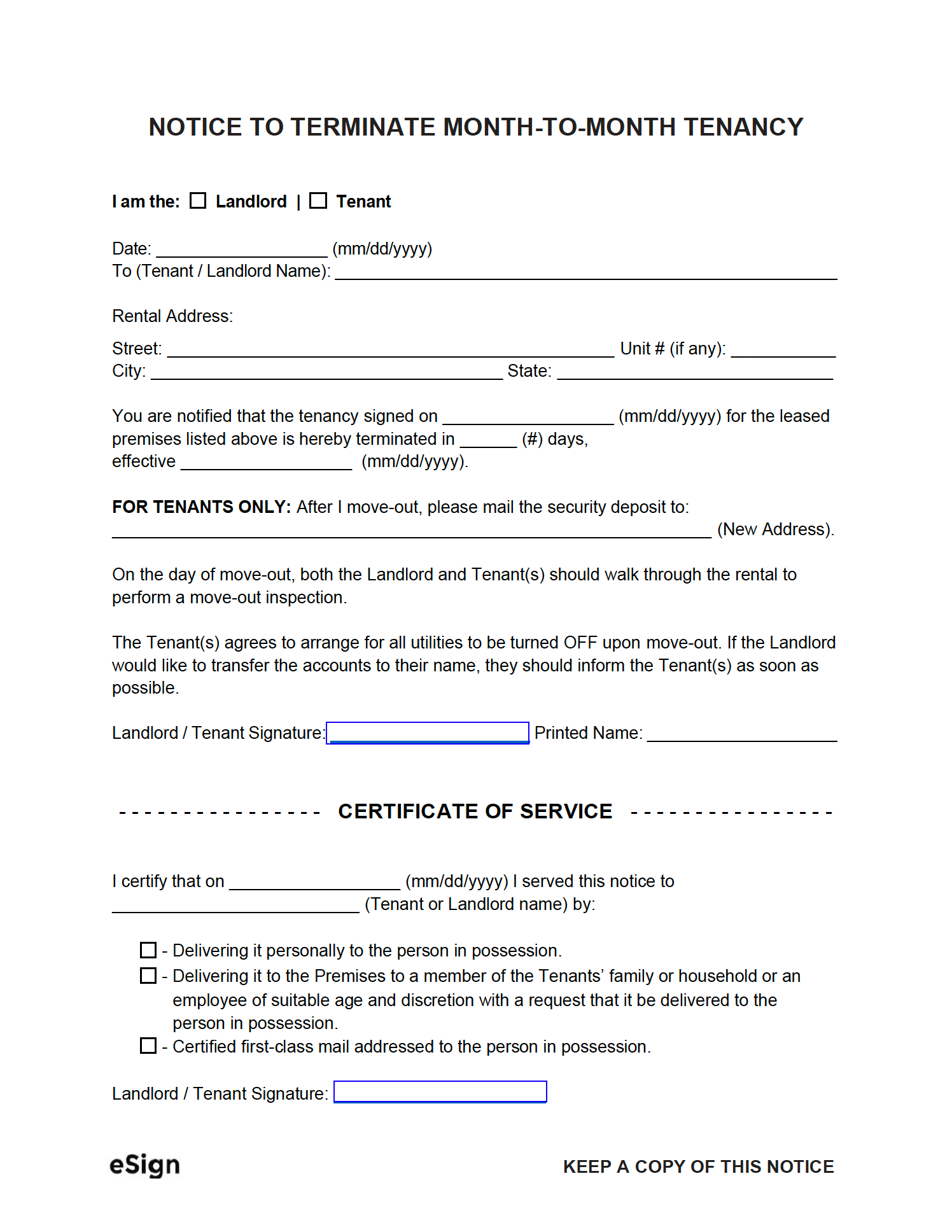
Smooth Farewell: Understanding Lease Termination Requirements
Navigating the process of lease termination involves a series of requirements that both tenants and landlords must fulfill. In this comprehensive guide, we’ll explore the essential aspects of lease termination requirements, offering insights to ensure a smooth and compliant conclusion to a rental agreement.
1. Preparation and Awareness: Know Your Lease Terms
Before initiating the lease termination process, tenants should thoroughly review their lease agreement. Understanding the terms and conditions related to termination is crucial. Lease agreements typically outline specific requirements, including notice periods, potential penalties, and expectations for the property’s condition upon vacating. Tenants must be aware of these details to navigate the termination process effectively.
2. Notice Periods: Timely Communication
One of the primary lease termination requirements is providing notice to the landlord within a specified period. This notice period is typically outlined in the lease agreement and can vary. Common notice periods range from 30 to 60 days, depending on local regulations and the terms of the lease. Tenants should ensure that their notice aligns with the stipulated timeframe to fulfill this crucial requirement.
3. Formal Notice in Writing: Documenting Intent
To meet lease termination requirements, tenants must submit a formal notice in writing to their landlords. This notice should clearly state the intent to terminate the lease, the proposed move-out date, and any other relevant information. Providing this information in writing ensures documentation of the tenant’s intent and serves as a reference point for both parties.
4. Property Condition: Meeting Standards
Lease agreements often specify the condition in which tenants are expected to leave the property upon termination. Meeting these standards is a key requirement. Tenants should conduct a thorough cleaning and address any necessary repairs to ensure the property is in the agreed-upon condition. Failure to meet these standards may result in deductions from the security deposit.
5. Property Inspection: Landlord’s Evaluation
In some cases, landlords may conduct a property inspection as part of the lease termination process. This inspection aims to assess the condition of the property and identify any necessary repairs or maintenance. Tenants should cooperate with landlords during this inspection, addressing any concerns raised and working towards a resolution to meet lease termination requirements.
6. Finalizing Financial Matters: Settling Dues
Lease termination requirements often include settling financial matters. This may involve paying any outstanding rent, fees, or penalties as specified in the lease agreement. Tenants should ensure that all financial obligations are met to facilitate a smooth and compliant termination process.
7. Return of Security Deposit: Understanding Timelines
The return of the security deposit is a critical aspect of lease termination. Landlords typically have a specified timeframe within which they must return the deposit, along with an itemized list of deductions, if any. Tenants should be aware of these timelines and communicate with landlords to ensure a timely return of their security deposit.
8. Utility Notifications: Preventing Disruptions
Tenants are generally responsible for notifying utility and service providers of their impending departure. This ensures a seamless transition and prevents any unnecessary disruptions or charges for services no longer required. Meeting this requirement is essential for a hassle-free lease termination process.
9. Legal Compliance: Adhering to Local Laws
Lease termination requirements often intersect with local laws and regulations. Both tenants and landlords should be aware of the legal framework governing lease terminations in their jurisdiction. Adhering to these laws ensures that the termination process aligns with the relevant regulations and prevents potential legal complications.
10. Post-Termination Communication: Closing the Chapter
After fulfilling all lease termination requirements, post-termination communication is crucial. This may include confirming the return of the security deposit, addressing any remaining concerns, and expressing gratitude for a cooperative rental period. Positive post-termination communication helps close the chapter on a good note and sets the stage for future interactions.
To explore a comprehensive guide on lease termination requirements and gain insights into navigating the termination process effectively, visit Lease Termination Requirements. This resource provides valuable information for both tenants and landlords, ensuring a clear understanding of the steps involved in lease exits.
Conclusion: A Smooth Transition
Understanding and meeting lease termination requirements are essential for a smooth transition out of a rental property. Tenants benefit from a hassle-free process, while landlords appreciate compliance with the agreed-upon terms. By following these requirements diligently, both parties contribute to a positive rental experience and pave the way for successful future endeavors.
